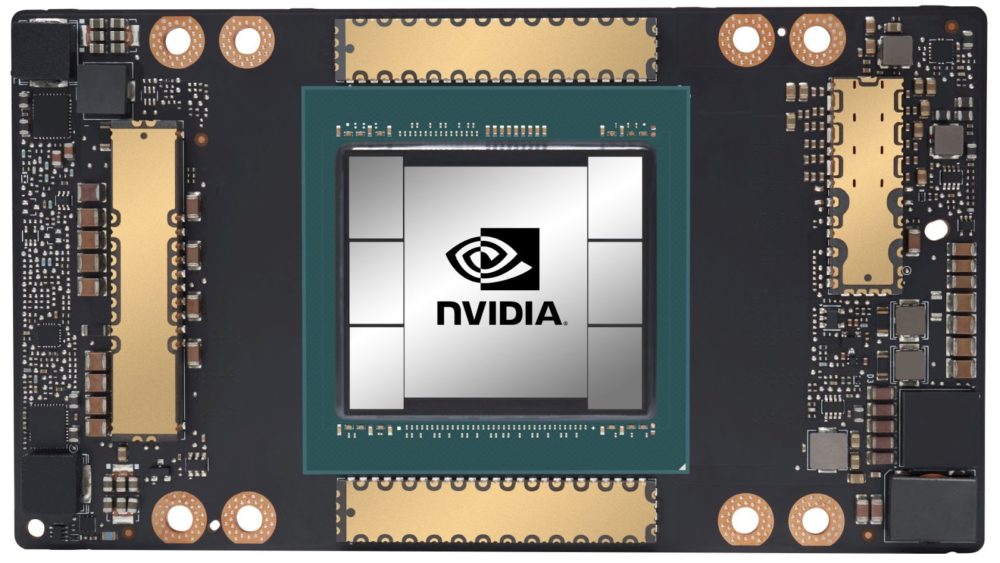
Dynamic compilation is also blurring the distinction between CUDA and other languages, as exemplified by the Copperhead project. As with other languages, libraries simplify application development and handle commonly used methods such as linear algebra, matrix operations, and the Fast Fourier Transform (FFT). CUDA also supports the conventional approach to cross-language development that uses language bindings to interface with existing languages. In 2008, some industries defined the Open Computing Language (OpenCL) standard, that. Unlike Java and other popular application languages, CUDA can efficiently support tens of thousands of concurrent threads of execution. CUDA has quickly became the standard de-facto for NVIDIA GPUs programming. A CUDA program runs on an architecture composed of a host processor CPU, a host memory and a graphics card with an NVIDIA GPU that supports CUDA. A backend to NVIDIA GPUs via the CUDA driver.

#Nvidia cuda emulator code#
A single source tree of CUDA code can support applications that run exclusively on conventional x86 processors, exclusively on GPU hardware, or as hybrid applications that simultaneously use all the CPU and GPU devices in a system to achieve maximal performance. A PTX translator to multicore x86-based CPUs for efficient execution. General interface packages like SWIG create the opportunity to add massively parallel CUDA support to many existing languages. Using a graphics processor or GPU for tasks beyond just rendering 3D graphics is how NVIDIA has made billions in. Solid library support makes CUDA attractive for numerical and signal-processing applications. Yes, You Can Run NVIDIA CUDA On Intel GPUs And Libraries For It Have Hit Github. It also creates a demand for CUDA developers. This design makes CUDA an attractive choice compared with current development languages like C++ and Java.

CUDA was designed to create applications that run on hundreds of parallel processing elements and manage many thousands of threads.


 0 kommentar(er)
0 kommentar(er)
